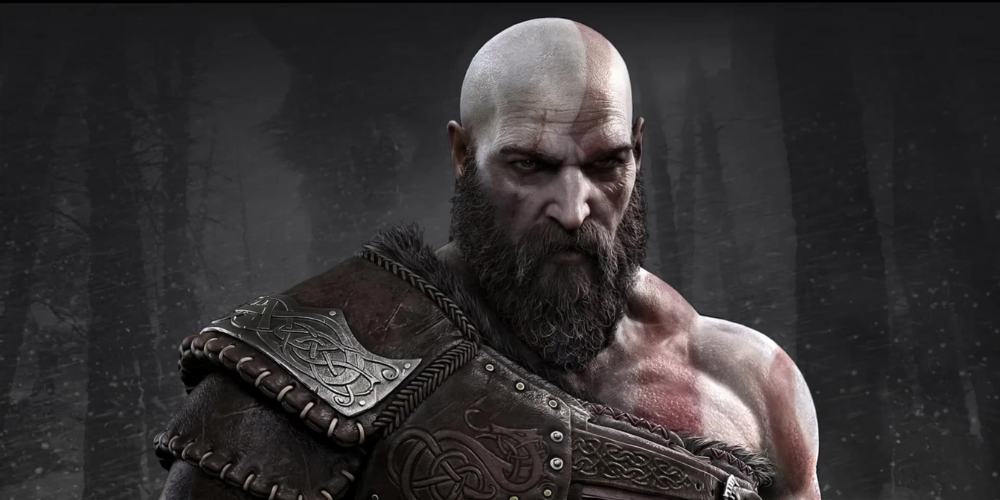God of War Ragnarök: Exploring Norse Mythology Through Kratos' Journey
- 76

In the pantheon of video games that beautifully meld storytelling with mythology, God of War Ragnarök stands as a towering pillar. This latest chapter in the saga of Kratos, formerly the God of War from the Greek pantheon, transitions the anguished anti-hero into the intricate web of Norse mythology. The game not only provides a captivating narrative but also serves as an immersive conduit into the mythos of the Norse world. Let’s embark on a detailed journey through the realms of Midgard, Jotunheim, Asgard, and beyond, tracing Kratos and his son Atreus's footsteps as they confront gods, giants, and the prophesied end of days, Ragnarök, intertwining their fate with the ancient lore.
A New Pantheon, A Different War
God of War Ragnarök introduces players to the Norse realm, a considerable departure from the Grecian landscapes of its predecessors. In this chilly and rugged world, Kratos, bearing the scars of his past actions, seeks a quieter life. However, the threads of fate are not so easily brushed aside. The game's setting in the mystical realms of Norse mythology is not only a fresh canvas but also a playground rich with lore. From the moment Kratos and Atreus step outside their sheltered existence, they are entangled in the cosmic workings of gods and giants, friends and foes whose tales have been sung by skalds for centuries.
The Gods and Their Machinations

At the heart of Norse mythology, and subsequently Ragnarök, are the Aesir and Vanir gods, each with their intricate histories, rivalries, and purposes. Thor, Odin, Freya, and the other deities Kratos and Atreus encounter are not simply obstacles; they are beings with motivations deeply rooted in the lore. This game excels in portraying these gods not as black-and-white figures of myth but as complex characters with agendas that often blur the line between ally and adversary. Players are offered a deep dive into the personalities, betrayals, and quests for power that define these divine beings, providing a richer narrative fabric.
The Prophesied End: Ragnarök
The concept of Ragnarök lies central to both the game’s plot and Norse mythology. It is depicted as the ultimate destruction and rebirth of the world, involving a great battle that leads to the death of many gods. In God of War Ragnarök, Kratos and Atreus find themselves woven into this prophecy, their actions potentially hastening or altering the course of this apocalypse. The game masterfully intertwines personal stakes with cosmic destinies, making the looming shadow of Ragnarök a compelling backdrop for the duo’s journey. This not only elevates the story's urgency but also allows players to explore the depths of Norse eschatology.
Giants, Dwarves, and the Myths That Bind Them

Beyond the gods, the Norse world is populated by an array of other beings - giants, dwarves, elves, and more. Each group is rich with its own myths, and God of War Ragnarök does an outstanding job of incorporating these entities into its narrative. Giants, or Jötnar, are especially significant, given Atreus's heritage. Their storied history, abilities, and prophetic importance are explored in detail, breathing life into the mythology. Similarly, the dwarves craftsmanship, humor, and pivotal roles in the plot underline the diversity and depth of the world Kratos and Atreus navigate.
Exploring the Realms
The Nine Realms of Norse cosmology are a significant element of both the mythology and the game. From the frozen wastes of Jotunheim to the fiery depths of Muspelheim, each realm is a unique ecosystem with its own lore, challenges, and inhabitants. God of War Ragnarök’s depiction of these realms is not only visually stunning but also narratively enriching. By journeying through these diverse lands, players get a comprehensive tour of Norse mythical geography, complete with the conflicts, alliances, and ancient secrets that lurk within each realm.
The Wisdom of Mimir and the Lore

One of the game’s most beloved characters, Mimir, serves as a literal head full of lore. Attached to Kratos's belt, this wise, decapitated counselor offers insights, anecdotes, and explanations of the Norse world that go beyond mere exposition. Through Mimir’s tales, players gain a deeper understanding of the gods, monsters, and realms they encounter. This method of storytelling not only enriches the game experience but also makes the vast mythos of Norse mythology accessible and engaging, offering lore enthusiasts and casual players alike a treasure trove of mythical knowledge.
Conclusion: A Mythology Reimagined
God of War Ragnarök is more than a continuation of Kratos's journey; it is a masterful weaving of narrative and mythology, presenting Norse lore through the lens of an epic saga. By emphasizing the complexities of its gods, the significance of Ragnarök, and the richness of its world, the game invites players on a journey that transcends the ordinary. It not only brings Norse mythology to life but does so in a way that respects the source material while crafting a unique and compelling story. In the end, Kratos and Atreus's journey through the realms offers not just a thrilling adventure, but a profound exploration of fate, family, and the intertwining of personal legacies with the myths that have captivated humans for centuries.